- No products in the cart.
Normomed syrup 50mg / ml 120ml
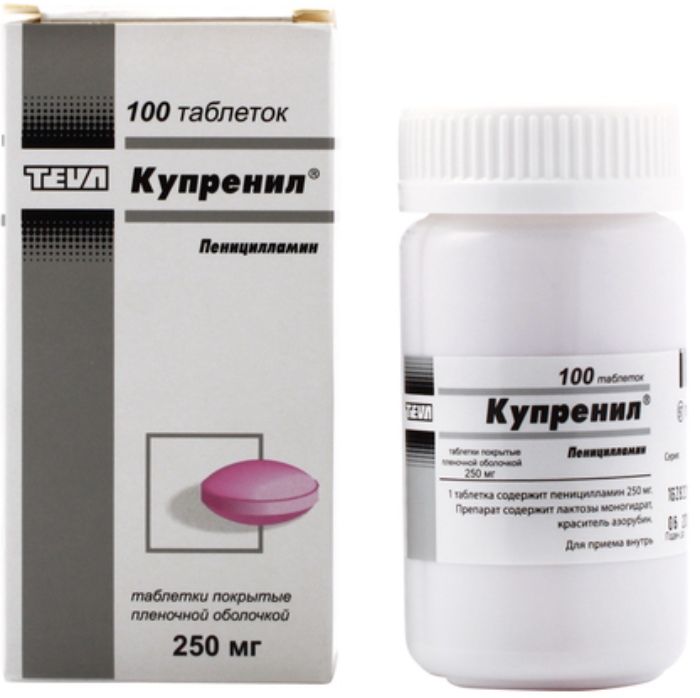
Kuprenil tab n / 250mg film about 100 pieces
$37.58
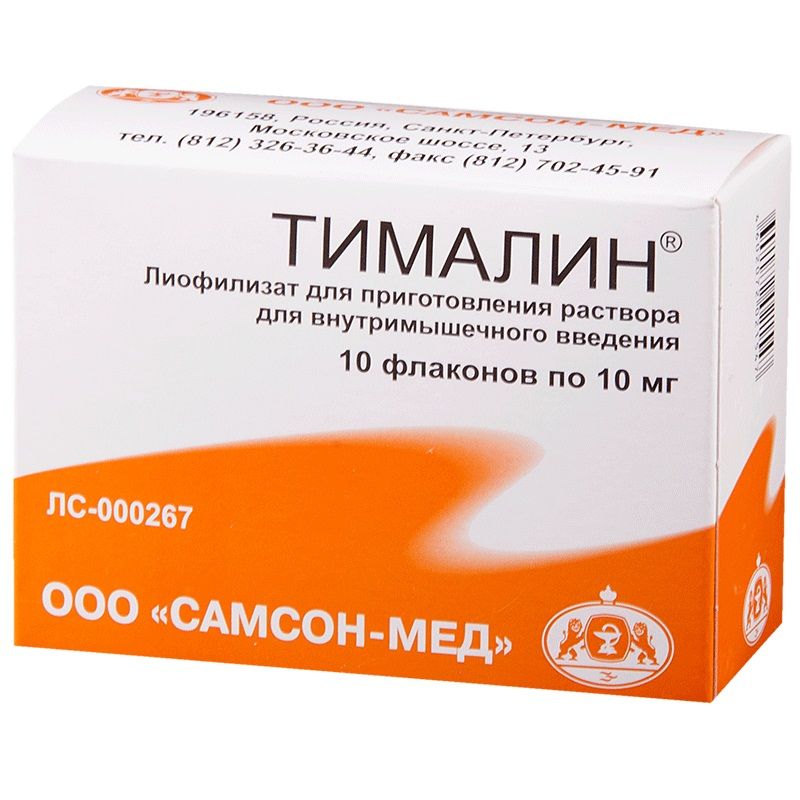
Timalin lyophilisates for solution for injection 10mg vial 10 pcs
$10.17
$14.13
Normomed syrup 50mg / ml 120ml
SKU: 1342928849 Categories: Immune system, Immunocorrector, Medicaments Tags: inosine pranobex, Valenta Pharm
Description
Composition
Active substance:
100 ml of syrup contains: inosine pranobex 5.00 g
Excipients:
65,00 g Sucrose, 5.00 g glycerol, 0.18 g of methyl parahydroxybenzoate, propyl parahydroxybenzoate 0.02 g, citrus flavoring 0.50 g Purified water to 100 ml.
Description:
Clear, slightly yellowish liquid with a characteristic odor.
Product form:
Syrup 50 mg / ml.
120 ml, 180 ml, 240 ml in dark glass bottles, sealed with screw cap.
Contraindications
Hypersensitivity to inosine pranobex and other ingredients; – gout; – urolithiasis disease; – Chronic renal failure; – arrhythmia; – pregnancy; – lactation; – Children under 3 years old (weight 15-20 kg).
Carefully:
With simultaneous administration with xanthine oxidase inhibitors, diuretics, zidovudine; in acute liver failure.
Dosage
50 mg / ml
Indications
Treatment of influenza and other acute respiratory viral infections; immunodeficiency caused by viral infections in patients with normal and impaired immune system, including diseases caused by Herpes simplex (type I and type II, genital herpes and cold sores other localization); subacute sclerosing panencephalitis.
Interaction with other drugs
Immunosuppressants weaken the immune stimulatory effect of the drug.
The drug should be used with caution in patients receiving both xanthine oxidase inhibitors (aplopurinol) or loop diuretics (furosemide, torasemide, ethacrynic acid), as this may lead to increased concentration of uric acid in serum.
The combined use of the drug with zidovudine leads to an increase in concentration of AZT in the blood plasma and lengthens its T1 / 2. Thus, when used together with the drug AZT may be required to dose adjustment of zidovudine.
Overdose
In overdose shown gastric lavage, symptomatic therapy.
pharmachologic effect
Pharmacological group:
Immunostimulatory agent.
Pharmacodynamics:
Inosine pranobex – synthetic purine derivative, is a complex containing inosine and N, N-dimethylamino-2-propanol in a molar ratio of 1: 3. It has immunopotentiating activity and non-specific antiviral effect. The effectiveness of the complex is determined by the presence of inosine, the second component increases its availability for lymphocytes.
Restores lymphocyte function in a immunosuppression increases blastogenesis in a population of monocytes and stimulates the expression of membrane receptors on the surface of T-helper lymphocytes prevents reduction activity under the influence of glucocorticoids, normalizes the inclusion of thymidine. Inosine pranobex stimulates the activity of T-lymphocytes and natural killer cells, of T-suppressor and T-helper cells increases the production of immunoglobulin G (Ig G), interferon-gamma, interleukins IL-1 and IL-2, reduces the formation of anti-inflammatory cytokines – IL-4 and IL-10, potentiates the chemotaxis of neutrophils, monocytes and macrophages.
The drug shows antiviral activity in vivo against herpes simplex virus, cytomegalovirus, measles virus, T cell lymphoma (type III), polioviruses, influenza viruses A and B, echovirus (enterotsitopatogennogo human virus), encephalomyocarditis virus and equine encephalitis . The mechanism of antiviral action inosine pranobex associated with inhibition of viral RNA and digidropteroatsintetazy involved in the replication of some viruses, virus enhances depressed lymphocyte mRNA synthesis, accompanied by a decrease in viral RNA synthesis, and translation of viral proteins, production increases lymphocytes possess antiviral properties of alpha and gamma interferons.
When combined appointment enhances the effect of interferon alpha, acyclovir and zidovudine.
Pharmacokinetics:
After oral administration the drug is well absorbed from the gastrointestinal tract (GIT). The maximum concentration of ingredients in the blood plasma determined after 1-2 hours. Quickly metabolized and excreted through the kidneys. It metabolized analogous endogenous purine nucleotide to form uric acid. N, N-dimethylamino-2-propanol is metabolized to N-oxide and 4-atsetamidobenzoat – to O-atsilglyukuronida. Not revealed accumulation of the drug in the body. The half-life (T1 / 2) was 3.5 hours for N, N-dimethylamino-2-propanol and 50 minutes – 4-atsetamidobenzoata. The drug and its metabolites are excreted in the kidneys for 24-48 hours.
Pregnancy and breast-feeding
Contraindicated in pregnant and breastfeeding women, as safety of the drug has not been studied.
Conditions of supply of pharmacies
On prescription.
side effects
From the nervous system: often – headache, dizziness, fatigue, malaise; rarely – nervousness, somnolence, insomnia.
Gastro-intestinal tract: often – loss of appetite, nausea, vomiting, epigastric pain; rarely – diarrhea, constipation.
On the part of the hepatobiliary system: often – increase in liver enzymes, alkaline phosphatase.
Skin and subcutaneous tissue: often – itching, rash.
On the part of the kidney and urinary tract: rarely – polyuria.
Allergic reactions: infrequently – maculopapular rash, urticaria, angioedema.
General disorders: often – pain in the joints, worsening of gout.
Laboratory and instrumental data: often – increased concentration of blood urea nitrogen.
special instructions
Before starting treatment should consult a doctor.
Normomed® as other antiviral agents, the most effective in acute viral infections if treatment is started at an early stage of disease (preferably with the first day).
Normomed® should be used with caution in patients with acute liver failure patients, because the drug is metabolized in the liver.
Effect on ability to drive and use machines:
Effect on psychomotor functions of the body and the ability to drive and moving mechanisms was not investigated. In applying the drug should be considered the possibility of dizziness and drowsiness.
Storage conditions
Store in a dark place at a temperature from 15 to 25 ° C.
Keep out of the reach of children.
Dosing and Administration
Inside, after meal with a small amount of water, at regular intervals (8 or 6 hours), 3-1 times a day.
The batch is individually, depending on the age, body weight, as well as the severity of the disease.
Adults and children over 12 years: starting rate of 50 mg per 1 kg of body weight to a maximum of 4 grams per day. Typically prescribed syrup 20 ml 3-4 times a day.
Children 3 to 12 years old: 50 mg per 1 kg of body weight per day, divided into 3-4 doses.
Adults and children with severe infectious diseases: dose can be increased to 100 mg / kg / day, in 4-6 doses. The maximum daily dose for adults is 3.4 g per day in children – 50 mg / kg / day.
In acute diseases: treatment normally lasts from 5 to 14 days. After the disappearance of symptoms of treatment should be continued for 1-2 days or longer, depending on indications.
In chronic relapsing diseases: treatment of adults and children to pursue a course of 5-10 days with intervals of 8 days. Length of maintenance treatment may be up to 30 days, the dose can be reduced to 500-1000 mg / day.
Treating infections caused by the herpes virus, in adults and children should spend a few courses of 5-10 days until symptoms disappear.
Special patient groups
Use in elderly patients. The need for dose adjustment of no drug use as well as in middle-aged patients. In elderly patients, often is an increase in the concentration of uric acid in the blood serum and in the urine than in middle-aged patients.
Use in children. It is used in children older than 3 years.
Use in patients with renal or hepatic insufficiency. Against the background of treatment with Normomed® should be every 2 weeks to carry out the control of uric acid in serum and urine. Monitoring of liver enzymes is recommended every 4 weeks during prolonged courses of drug treatment.
Information
Appearance may differ from that depicted in the picture. There are contraindications. You need to read the manual or consult with a specialist
Additional information
| Weight | 0.100 kg |
|---|---|
| Manufacturer | Valenta Pharm |

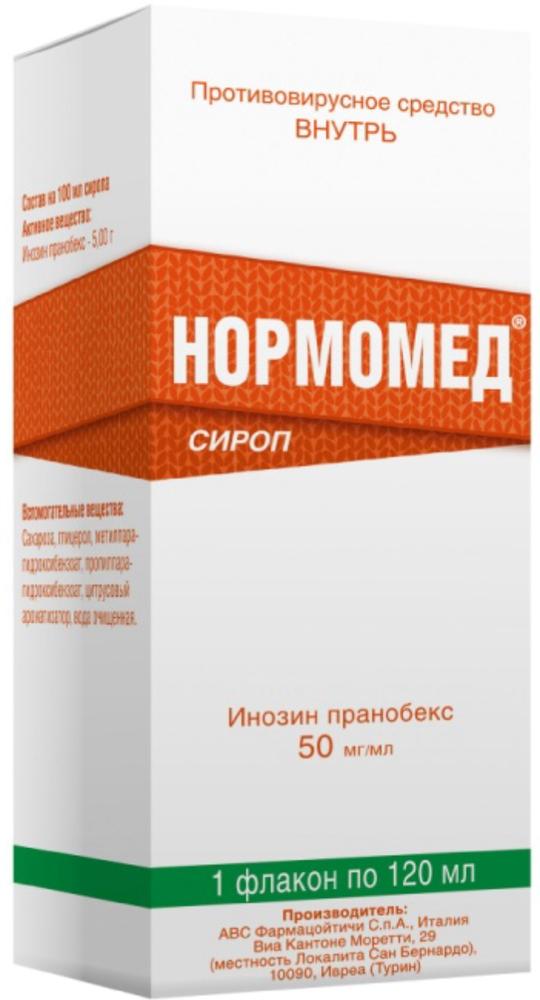
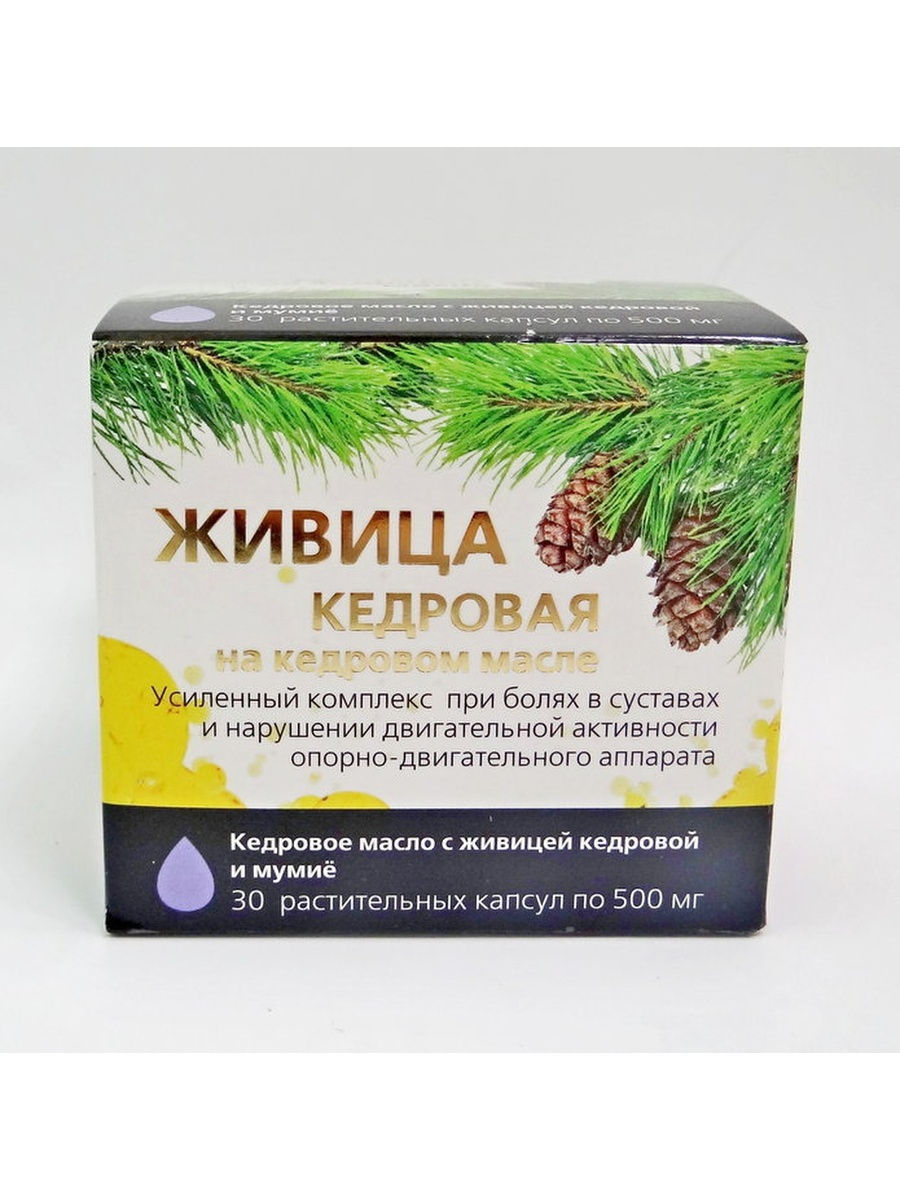
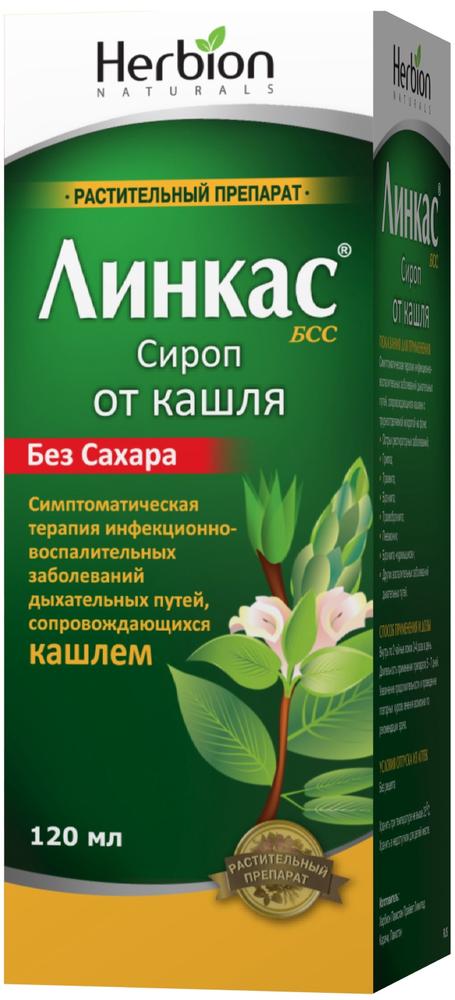
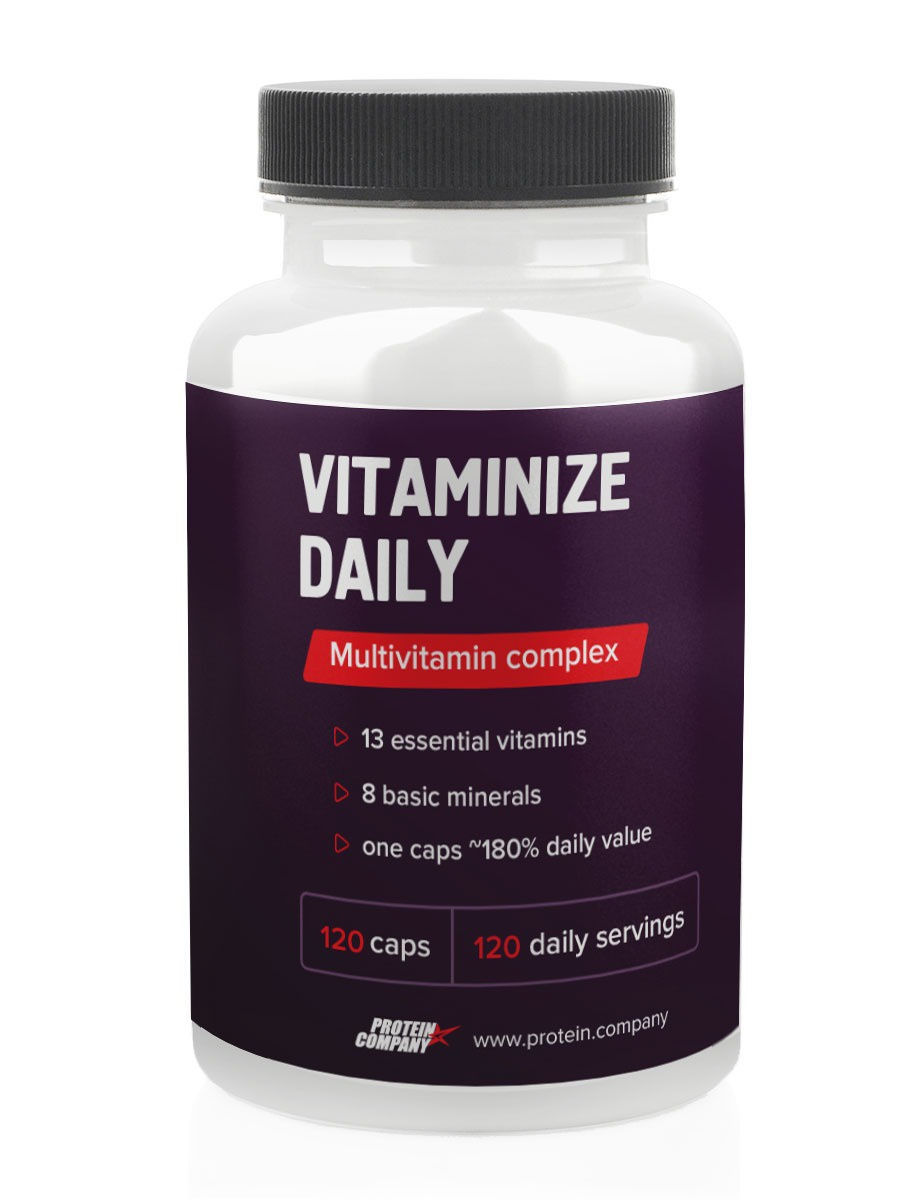
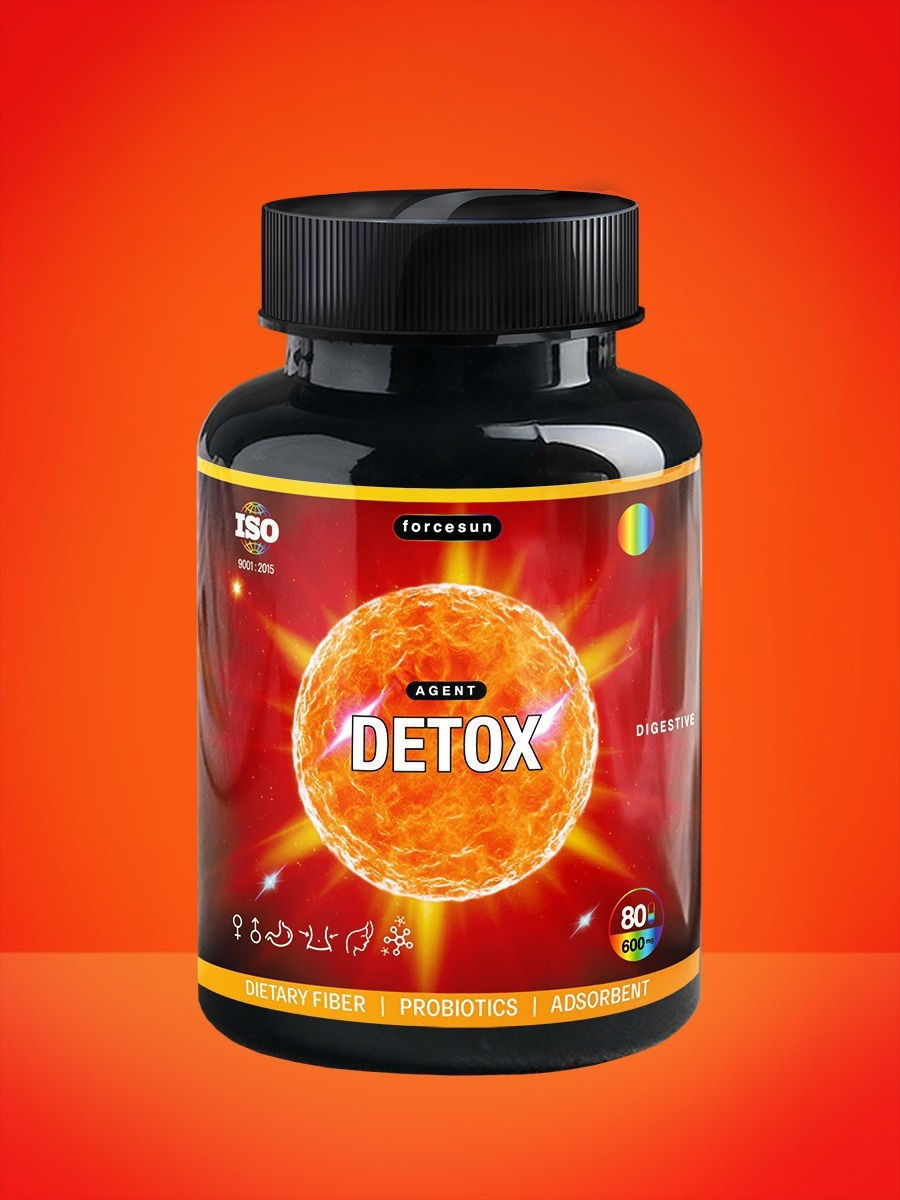
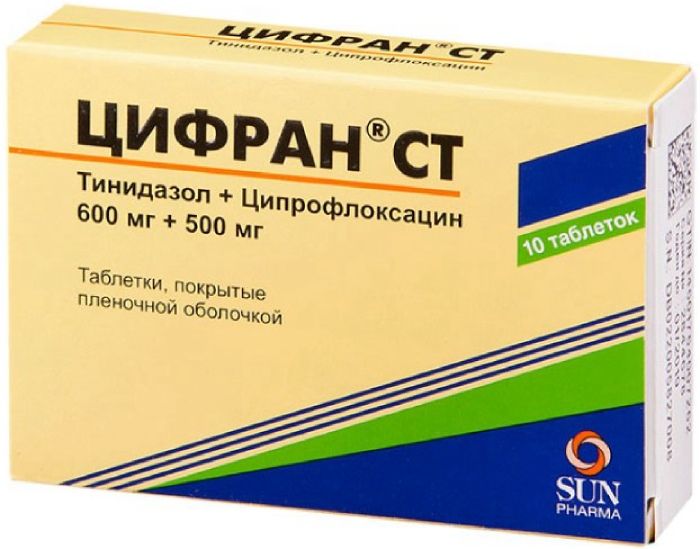
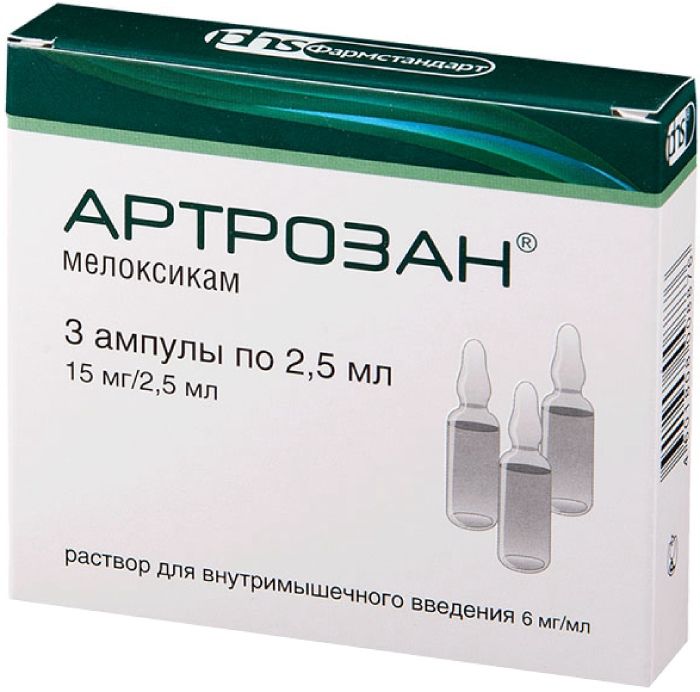




There are no reviews yet.